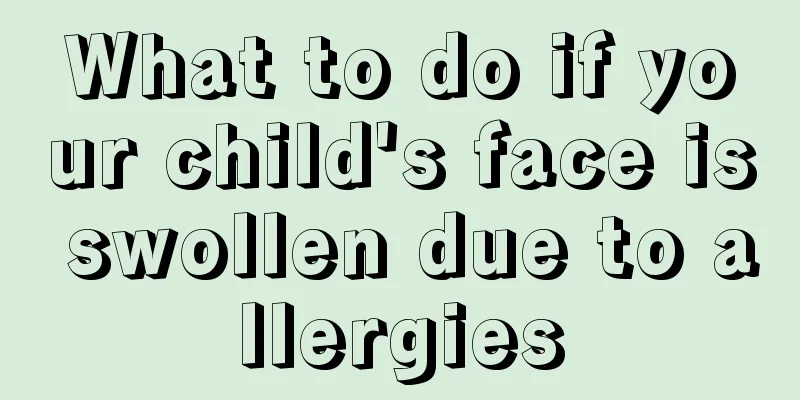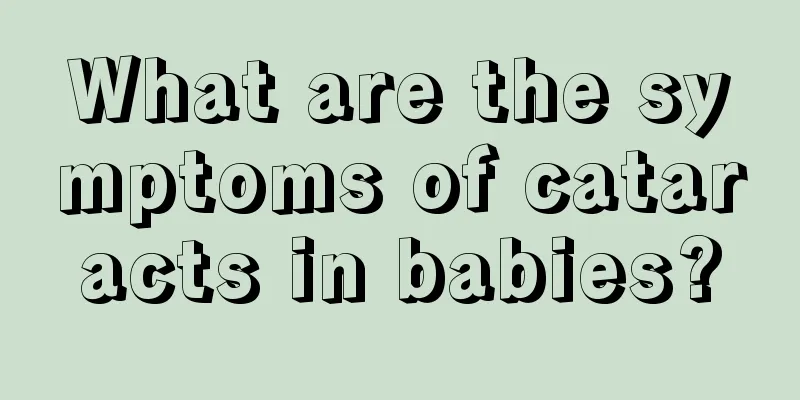Children have fever and itching

|
Whenever children have a fever, they will feel itchy, which will cause them to cry non-stop, and even cause them to accidentally scratch their skin during the itching. These are all very bad, so it is necessary to first find out the cause of their high fever. If it is not an infectious fever, there is no need to take any anti-infection drugs for treatment. 3) Systemic infections such as sepsis, tuberculosis, typhoid, paratyphoid, typhus, brucellosis, Epstein-Barr virus infection, cytomegalovirus infection, Lyme disease, leptospirosis, malaria, kala-azar, schistosomiasis and fungal infections; 4) Abscess or localized infection such as osteomyelitis, perinephric abscess, subphrenic abscess, appendiceal abscess, perianal abscess, etc. (2) Non-infectious fever 1) Juvenile rheumatoid arthritis is the most common rheumatic disease. In recent years, as streptococcal infections have been promptly controlled, rheumatic fever has become less common. Other rheumatic diseases that cause fever include systemic lupus erythematosus, polyarteritis nodosa, Kawasaki disease, serum sickness, dermatomyositis, nodular nonsuppurative panniculitis, Wegener's malignant granulomatosis, and angioimmunoblastic lymphadenopathy. 2) Malignant tumors with tissue destruction or necrosis, with leukemia being the most common, and others including malignant lymphoma (including Hodgkin's and non-Hodgkin's lymphoma), neuroblastoma, malignant histiocytosis, Langerhans' histiocytosis and Ewing's sarcoma; large-area burns, after major surgery, internal bleeding absorption process, vascular embolism, etc. 3) Excessive heat production or reduced heat dissipation Excessive heat production is seen in hyperthyroidism, status epilepticus, and adrenal hyperfunction; reduced heat dissipation is seen in generalized dermatitis, massive water loss, blood loss, heat stroke, congenital ectodermal dysplasia, and excessive wrapping of newborns. 4) Diseases of the hypothalamic temperature regulation center such as skull injury, cerebral hypoplasia, intracranial tumors, subarachnoid hemorrhage, heat stroke, toxic encephalopathy, sequelae of encephalitis and diencephalic lesions. 5) Autonomic dysfunction such as functional hypothermia and chronic nonspecific lymphocytosis. 6) Other drug fever, drug poisoning (such as salicylic acid, atropine), blood transfusion or infusion reaction, hypernatremia (pituitary or nephrogenic diabetes insipidus), inflammatory bowel disease and immunodeficiency disease, etc. |
<<: What causes bad breath and dry stool in a six-year-old child?
>>: What are the symptoms of cryptorchidism in children?
Recommend
Causes of vulvar itching in children
I believe that female friends are no strangers to...
Can babies eat taro at five months old?
We all know that babies need to add complementary...
What causes dull pain in the left lower abdomen in children?
Children are most likely to suffer from abdominal...
What should I do if my baby has bronchitis and is a little short of breath?
There are many symptoms of tracheitis. First, it ...
How to treat rickets in children
In early childhood, many children will suffer fro...
What to do if your two-year-old child is disobedient
Babies will enter a rebellious period after they ...
Causes of elevated lactate dehydrogenase in children
What is elevated lactate dehydrogenase in childre...
What should I do if my baby coughs and has white phlegm?
Some of the baby's organs are not fully devel...
Did you use flash for newborn photography?
Generally speaking, for a newborn baby, most pare...
What medicine should children take when they catch a cold?
When the seasons change or in the cold winter, ma...
Is it normal for a baby to nod and breathe?
Newborns have very weak constitutions and are pro...
What to do if your child cries at night
Children are a very sensitive group and can react...
Will eating honey generally cause children to mature early?
As children grow up, we always give them appropri...
How to remove stretch marks on children’s thighs?
I believe many people have this trouble, that is,...
What to do if your six-month-old baby has astigmatism
In life, many babies will have astigmatism caused...









